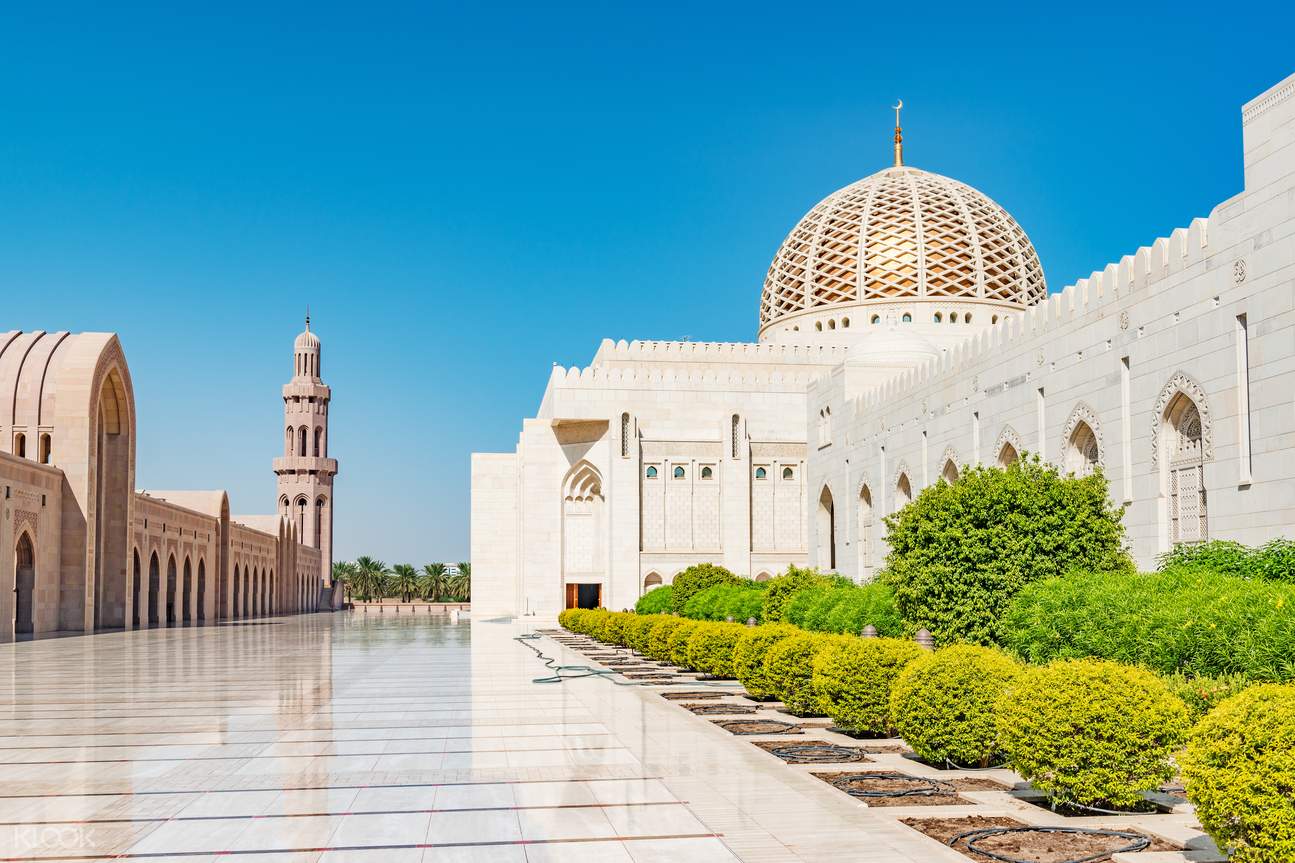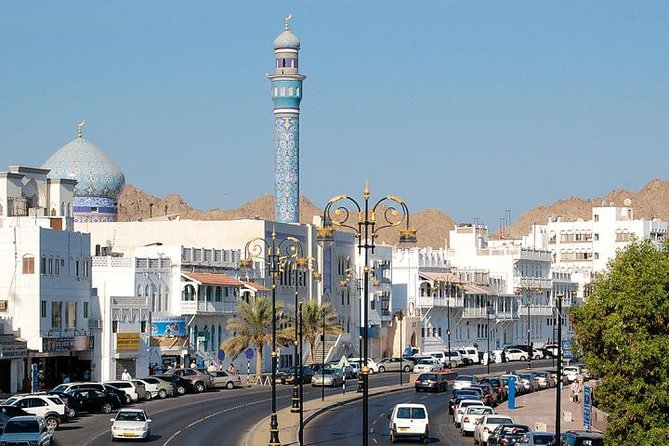Muscat Holiday
Description
Muscat became the capital of Oman in 1793, and the focus of the country’s great seafaring empire of the 18th and 19th centuries. Having been party to the control of much of the coast of East Africa, its 20th-century descent into international oblivion, under Sultan Said Bin Taimur, was all the more poignant. The tide is turning on history, however, and the capital is once more at the centre of life in Oman.
Perhaps the first documented reference to Muscat is by the 2nd-century geographer Ptolemy who mentioned a hidden harbour, placing the sea at the centre of Muscat's identity where it remains today. In fact, surrounded on three sides by mountains, it remained all but inaccessible from the land for centuries and the Arab tribes from Yemen who supposedly first settled the area almost certainly approached from the sea.
A small port in the 14th and 15th centuries, Muscat gained importance as a freshwater staging post, but it was eclipsed by the busier port of Sohar – something the people of today's Batinah region hope may well happen again. By the beginning of the 16th century, Muscat was a trading port in its own right, used by merchant ships bound for India. Inevitably it attracted the attention of the Portuguese, who conquered the town in 1507. The city walls were constructed at this time (a refurbished set remains in the same positions), but neither the walls nor the two Portuguese forts of Mirani and Jalali could prevent the Omani reconquest of the town in 1650 – an event that effectively ended the Portuguese era in the Gulf.
Muscat became a backwater for much of the 20th century, and the city gates remained resolutely locked and bolted against the encroachments of the outside world until 1970. Under the auspices of the current Sultan Qaboos, the city reawakened. To facilitate the growing number of cars needing access to the city, a hole was driven through the city walls. Goods and services flooded in, and Muscat flooded out to occupy the surrounding coastline. Touchingly, the city gates continued to be locked at a specific time every evening, despite the adjacent hole in the wall, until the gates were replaced with an archway. In many respects, that little act of remembrance is a fitting metaphor for a city that has given access to modern conveniences while it continues to keep the integrity of its traditional character.
Gallery




